The Pitot House in New Orleans stands along Bayou St. John, an early trade route to the city. The calm bayou allowed boats to paddle from the Gulf of Mexico, through Lake Pontchartrain to the back side of New Orleans, avoiding the challenging currents of the Mississippi River.
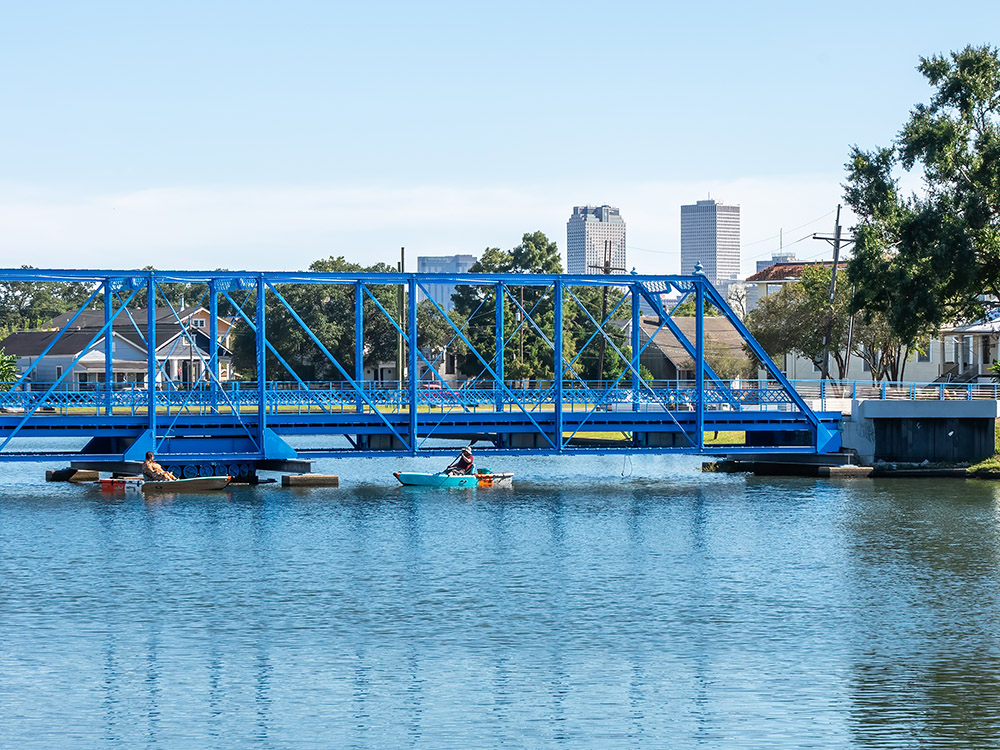
The first Europeans settled along Bayou St. John ten years before the founding of New Orleans in 1718. “New Orleans is actually where it is because of this bayou,” explained Jamie Barker, a tour guide at the Pitot House. “After the City of New Orleans was built, people became city dwellers,” Barker said. And the old settlement remained on the outskirts of the growing city.
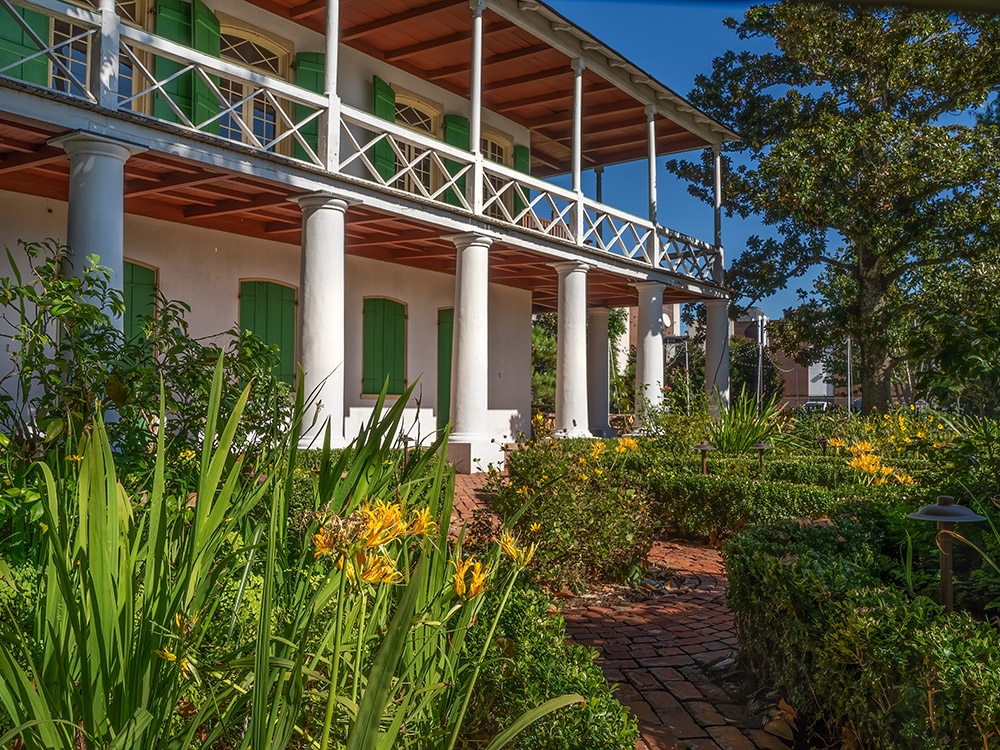
how the pitot house got its name
The historic Bayou St. John home was built in 1799 by Bartholome Bosque, a Spanish merchant. James Pitot was the third owner of the two-story brick and plaster house, purchasing it in 1810 from Marie Tronquet Rilliuex, the great-grandmother of painter Edgar Degas.
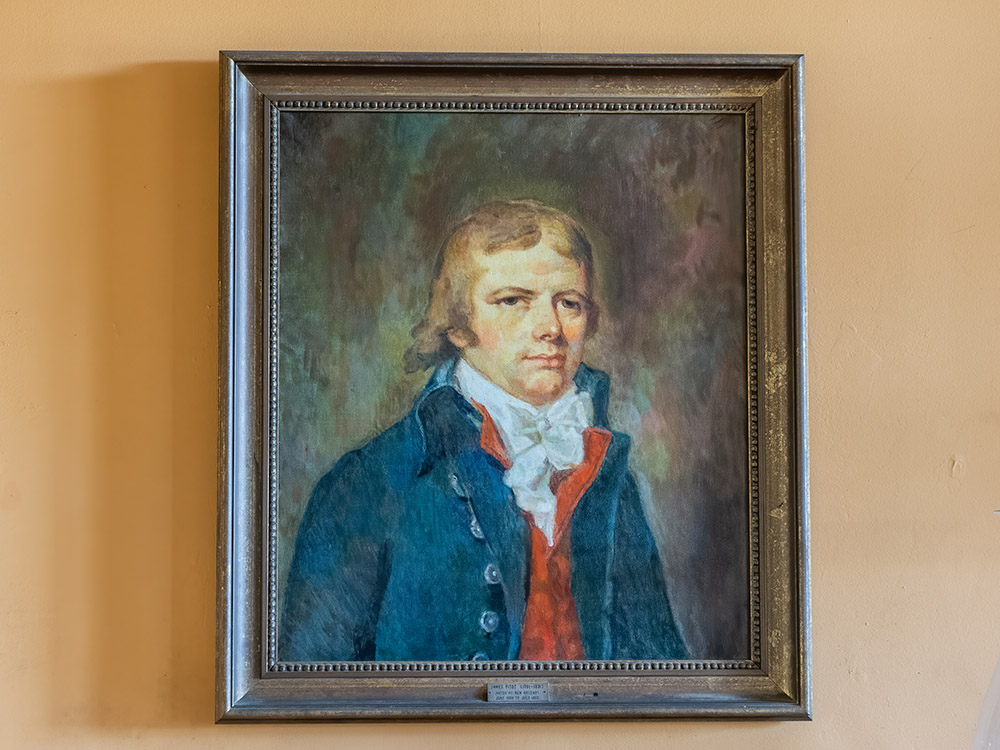
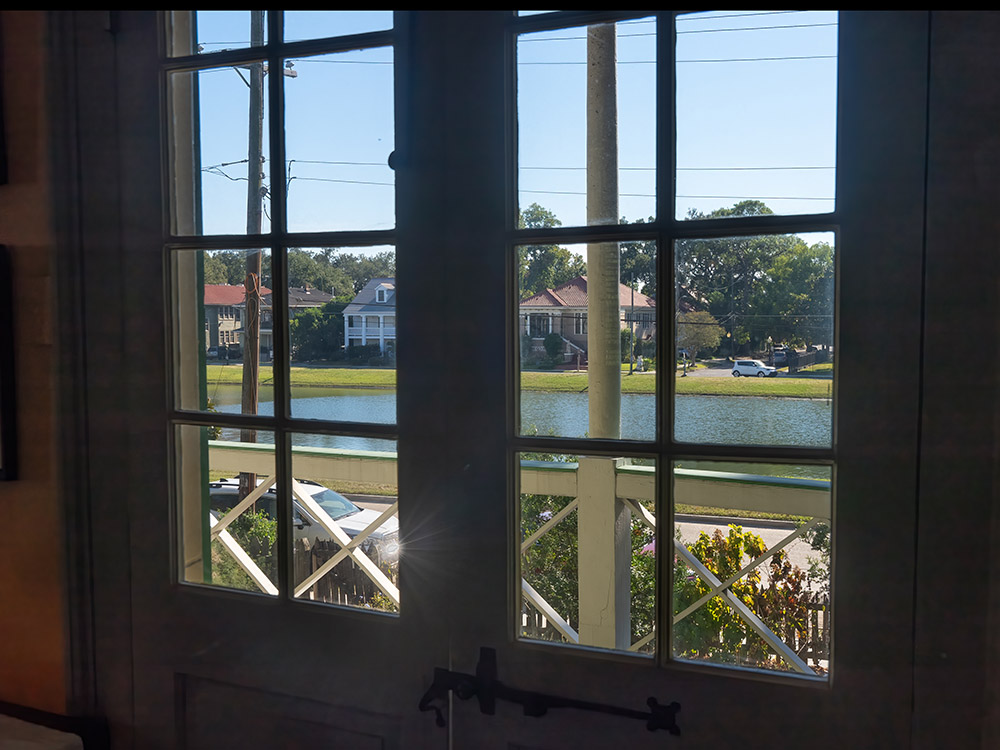
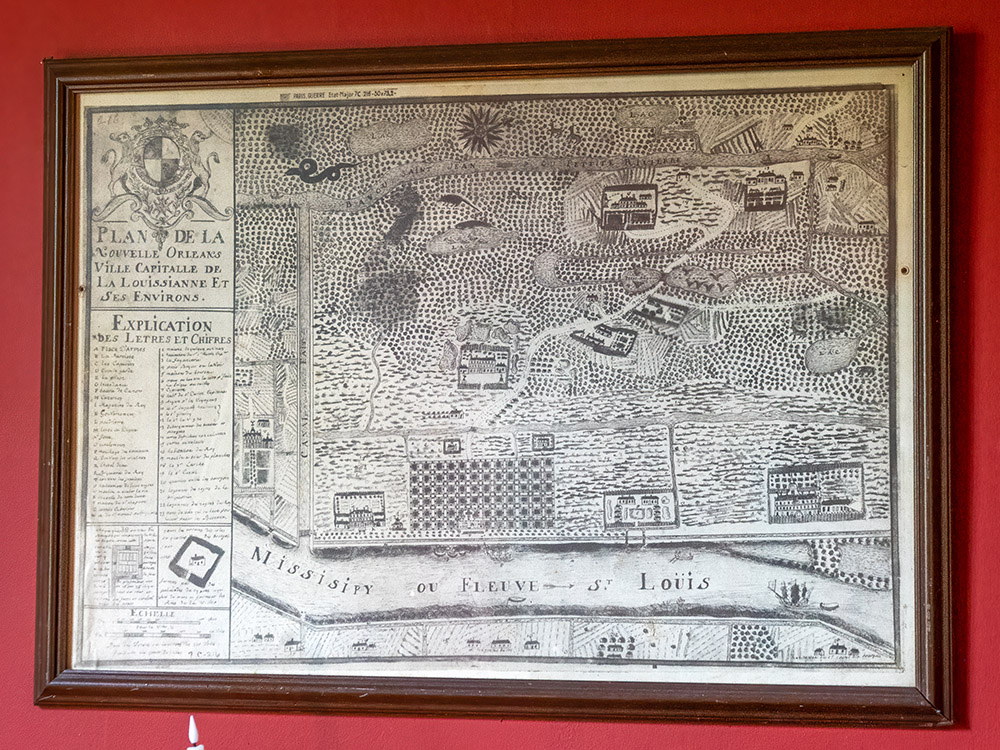
Pitot was the most famous owner of the house. He became the third mayor, and the first American mayor of New Orleans in 1804, one year after the Louisiana Purchase. It was an appointed post for Pitot. But his term lasted only one year, “when he ran for office, he was defeated,” Barker said. But Pitot continued to hold public office, serving as a probate judge. He was also president of the Orleans Navigation Company, which managed boat traffic on Bayou St. John and other canals into the city.
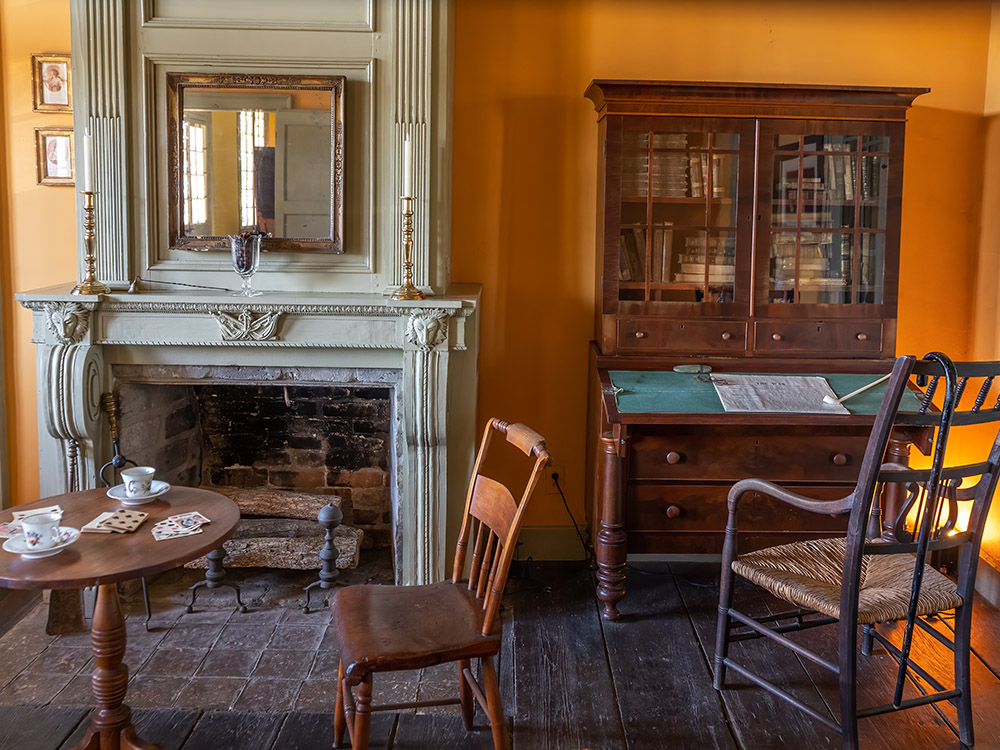
a cool design for the southern heat
The house was built in the French Colonial West Indie style. It features covered porches on both the first and second floors. Each room has tall windows and doors that open to the outside porches. “It was built like this because of the climate of New Orleans,” Barker explained. Adding, “You would not believe the cross-breezes you get when you open these doors front and back. It’s really lovely. The only drawback is the humidity.”
historic pitot house featured on tv
Watch this Heart of Louisiana feature.
getting there
The Pitot House and Museum is located at 1440 Moss Street in New Orleans. Call (504) 482-0312 for tour times and event information.
Pitot House, 1440 Moss St, New Orleans, LA 70119

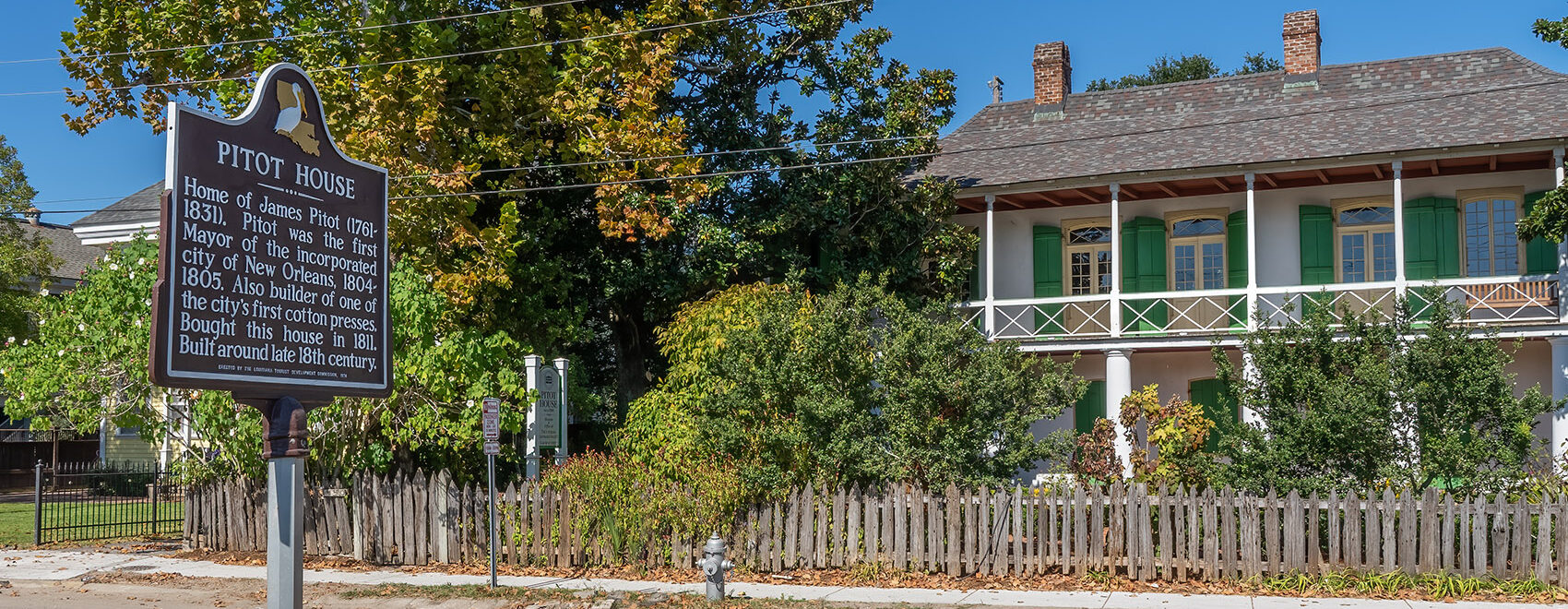
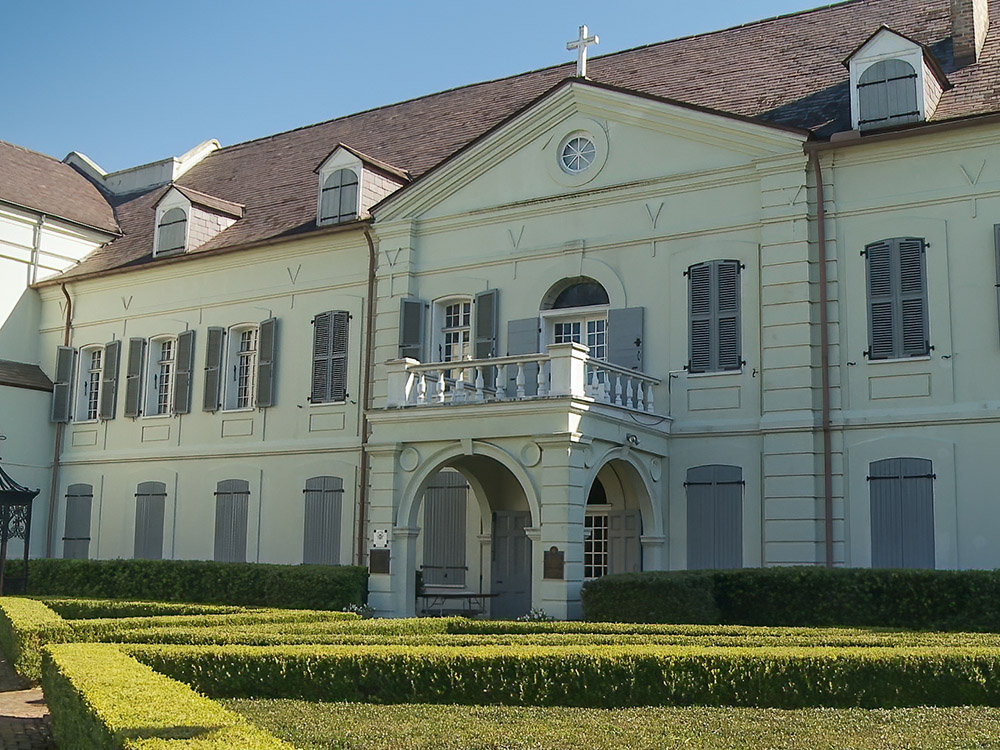
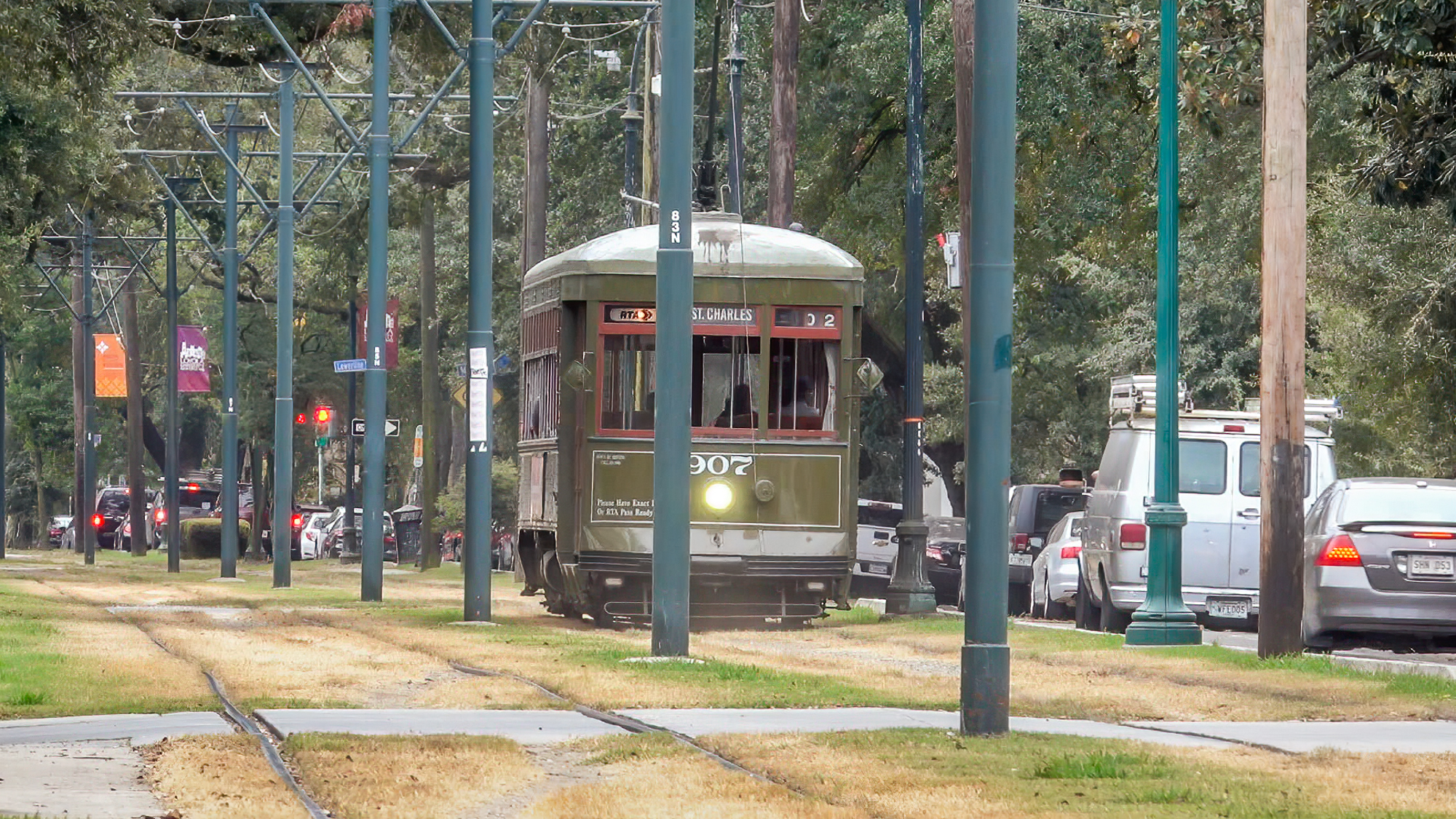
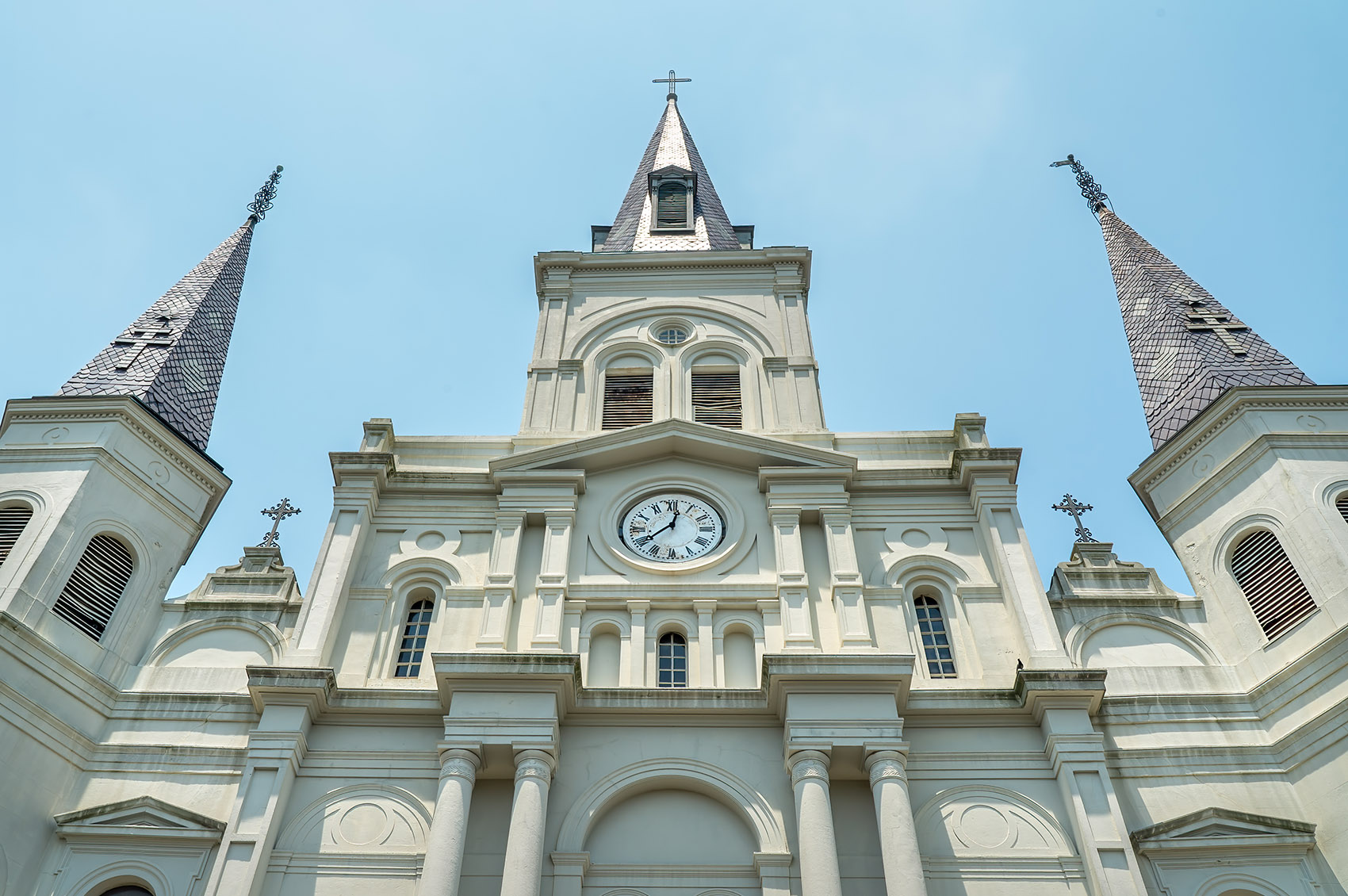
Leave a Reply